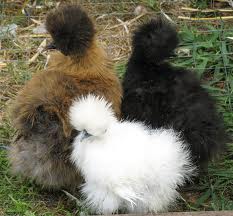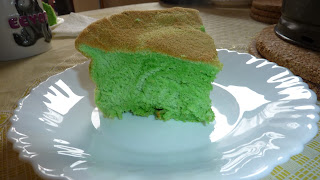.
Beautiful colours on the river (Timeout Beijing)
The dragon boats (Onthegotours)
Originating from ancient China, the Dragon Boat festival, also known as the Duanwu (五日節) festival, is a celebration that takes place on the fifth day of the fifth month of the lunisolar calendar. This year, it will take place on June the 12th.
The tradition of dragon boat racing stems from a story about a much-loved poet and statesman Qu Yuan (屈原), who lived during the warring periods and died by his own hands in the Miluo river. The villagers who lived nearby, searched for his body. To scare away the fish, the villagers banged drums and threw small triangled-shaped parcels of sticky rice wrapped in bamboo leaves into the river.
The triangle-shaped rice parcels are known as zhongzi ( 粽子). These are traditionally made each year to celebrate with friends and family.
You will need:
Bamboo leaves: these can be bought dried from Chinese/Asian supermarkets. They will require washing to remove dust and impurities and soaking for two days in warm water to rehydrate them in order to be used as wrappings.
Sticky rice: this is glutinous rice and is used in many Chinese/Asian dishes, gain this can be found in Chinese supermarkets. You need to wash, drain it, and add a little salt and oil.
Fillings: Depending where you are in Asia you can different fillings. In Canton the filling is traditionally, green beans without the skin, fatty pork belly pieces (marinaded with Chinese five spice), rehydrated Chinese mushrooms cut into pieces, dried prawns, salted egg yolk pieces (you can buy these ready-to-eat) and chestnut pieces that have been peeled and soaked until soft.
You will also need something to tie the parcel together so that it keeps its shape. You can use string, or rehydrated water reeds. These are brittle when dry but tough and flexible after being soaked.
Take two long leaves, both with the smooth surfaces facing upwards (this will be inside of the parcel) and with the tip of one leaf opposite the broad of the other (this makes them easier to bend). Have the two leaves slightly overlapping each other. Bend the leaves from the middle, upwards and inwards, so that you get a sharp, cone-like pocket with no hole at the bottom.
Spoon in two tablespoons of rice, one tablespoon of green beans. Then add one piece of meat, one piece of egg yolk, two dried prawns, one piece of Chinese mushroom and one piece of chestnut.
Push the ingredients into the cone using the flat of a spoon so that it is well packed. Fold the excess leaves over to form a triangle shape and tie the parcel up with string or water reed.
In a large pan of boiling water, cook the parcels for three and a half hours so that everything is cooked until soft. Drain and cool and you can store these in fridge or freezer. When needed, you just steam them.
Enjoy and have fun!






















































